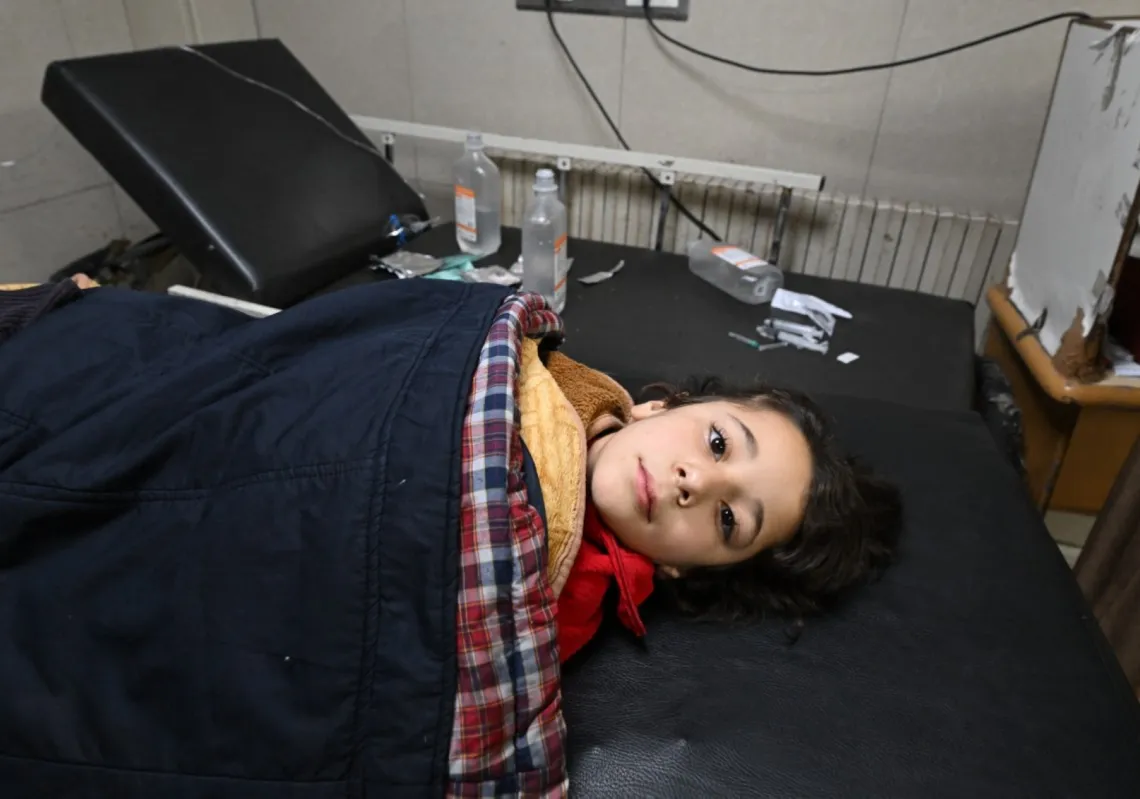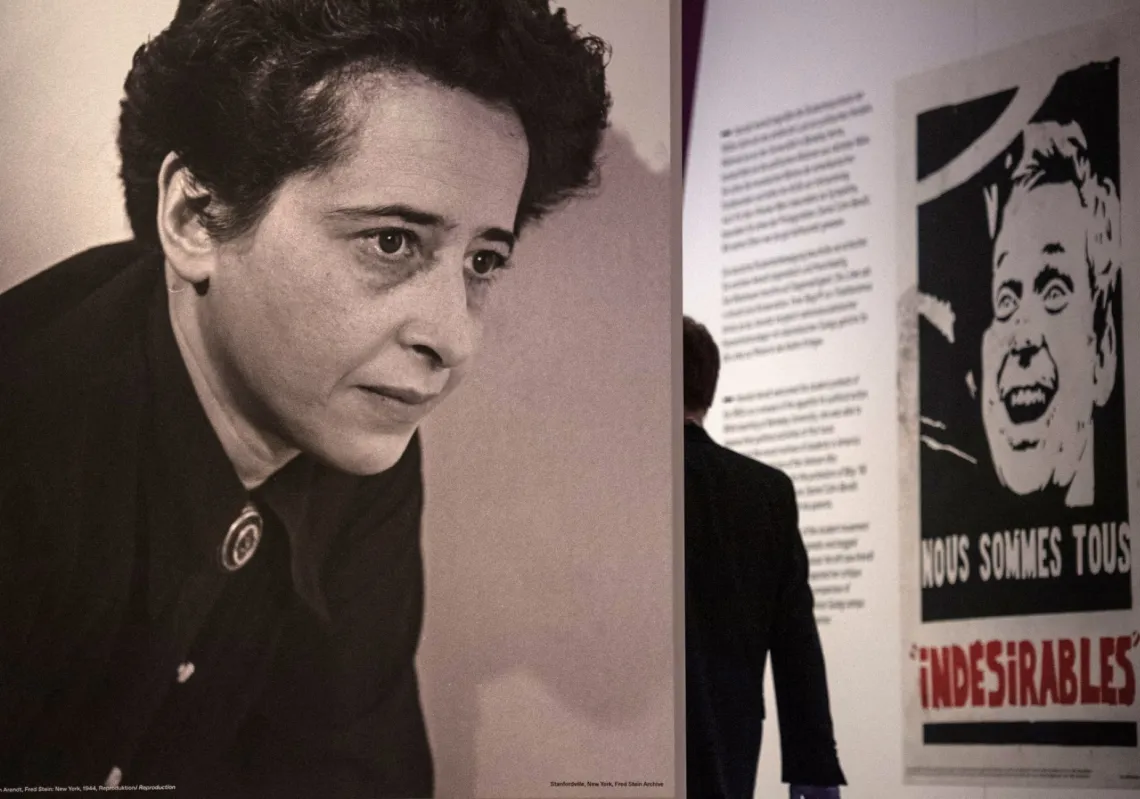Just three days after Russia invaded Ukraine, the head of the European Commission said Russian planes were no longer welcome over European skies.
“We are shutting down EU airspace for Russian-owned, Russian-registered or Russian-controlled aircraft,” Ursula von der Leyen announced on 27 February 2022.
In the short term, passengers had to reschedule their travel or find alternative options. It was an annoyance. Many of them would never have suspected that the ban would still be in place two years later.
Closed for the foreseeable
In the days following the invasion, announcements were also being made in Russia, which decided to close several airports in the south-east, given their proximity to the war zone.
RosAviatsia said the closure would be until 2 March 2022 and covered airports in Anapa, Belgorod, Bryansk, Elista, Gelenjik, Krasnodar, Kursk, Lipetsk, Rostov-on-Don, Simferopol, and Voronezh.
Initial optimism of a quick reopening was then tempered when it was pushed back by a week, then by two.
Hope faded when RosAviatsia said the airports would stay closed for the remainder of 2022.
More recently, the governor of Krasnodar Territory, Veniamin Kondratyev, said they would reopen on 15 December 2023, but the Ministry of Defense later vetoed it.

The airports have been given state allowances to cover residual operational costs despite questions over sustainability.
Others say the airports are usually part of a holding company and that these have adjusted their costs during the crisis.
“They can minimise the negative impact by manoeuvring their staff, sending the people left unemployed from one airport to the other,” said Oleg Pantaleev, executive director of the aviation think-tank AviaPort.












